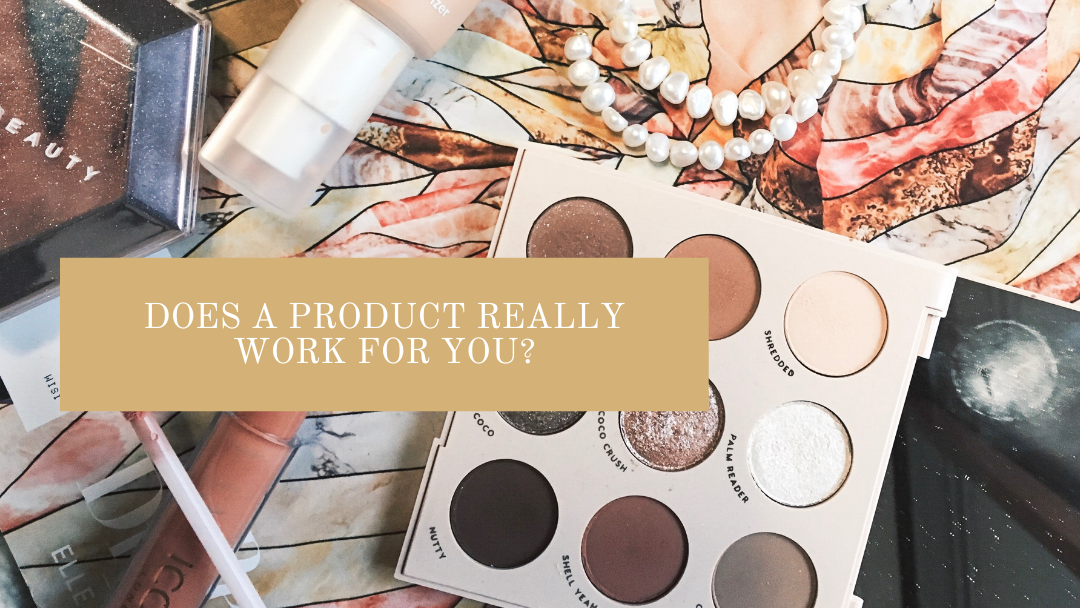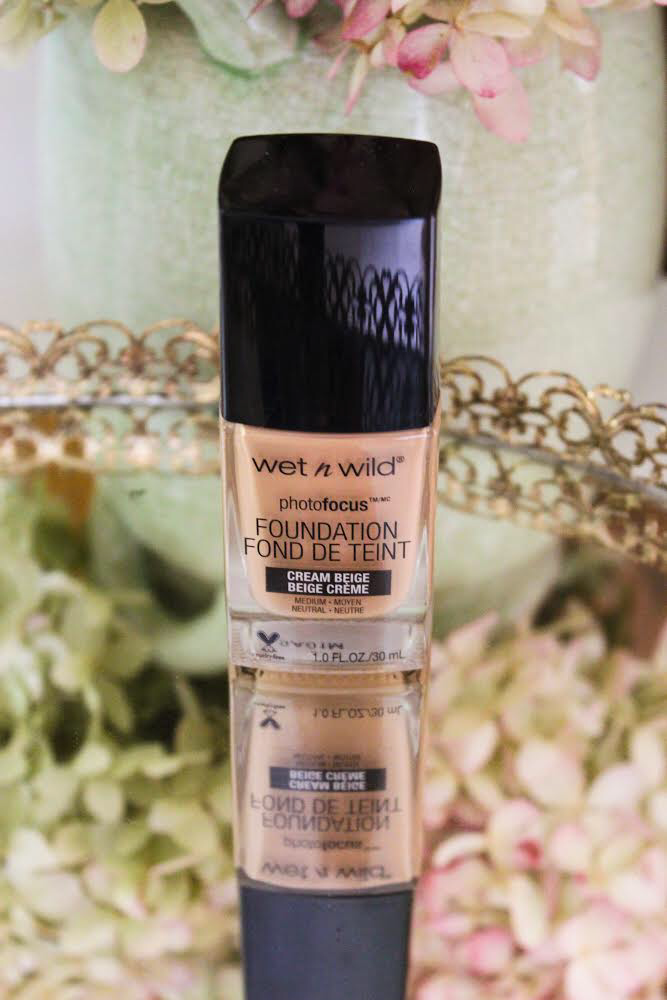Does a Product Really Work for You?

It’s no secret that the beauty departments at stores are highly saturated. At a drug store alone there are at least 9 different brands with their own ranges of mascaras and foundations. It can be daunting and overwhelming when you’re trying to find a product that will work for you. There’s nothing worse than buying a new product and not being completely satisfied with it. Let’s face it, even drug store prices are expensive these days. An average foundation will still cost you at least $15.
I think the big question here is how do you decide if a product is really working for you. The great news about the market being saturated is that if your current product doesn’t work, there’s something out there that will. In high school I knew nothing about makeup. I wore foundations that were made to “fight acne” but the formulas were insanely dry, and I didn’t have a legit skin care routine. The result was I looked dry and cakey. Not a good look.
I’ve been around the block with a lot of products, so I wanted to share my secrets on how I know if I really love a product. I can make a lot of things work, but that doesn’t mean I’ll always repurchase it.
My Guide to Testing Products
Eye shadows & other powders
Out of all the makeup products eye shadows and powder bronzers, blushes, and highlights are my favorite. The great thing about bronzers and highlighters are that if they aren’t your perfect shade, you can use them as eye shadows. I do that all the time for a quick 5 minute makeup look. This trick really comes in handy when you have a contour or highlighting palette. You don’t have to waste the shades that don’t work for you!
The most important qualities in these products for me are pigmentation and blendability. Pigmentation is how much color pay off you get on the skin. If I’m taking the time to apply these products, they better be showing up. Powders that are more softly pressed in the pans will have more payoff. A super hard eye shadow is not going to be easy to pick up on a brush and deposit on your lid. If you find that you have to pile on 3 layers just to see a difference, that product probably isn’t pigmented.
Even more important is how a product blends. No one wants patchy makeup. A product can be beautifully pigmented and still leave your cheeks looking patchy. You can tell if a product does this when you look in the mirror and you see where the product may have skipped. For me, my outer crease of my eye really puts products to the test. If a shadow doesn’t blend there, then it’s not the shadow for me. An easy way to fix patchiness on the cheeks is by taking your powder brush and buffing until it looks seamless. On the eye try using a different shade.

Foundations and Concealers
When searching for your perfect foundation and concealer it’s best to know these two things: your skin type and your skin tone. Your skin type can be normal, oily, dry, or combination. My skin is combination leaning oily in my T zone. Your skin tone is not only fair, light, medium, dark, or deep. It’s also the undertone of your skin: warm, neutral, or cool. If you have cool undertones it’s best you’re not buying a warm foundation because it’ll read yellow on you. It’s also helpful to know if you’re looking for a full coverage option or if you’re a “no makeup makeup” kind of gal. This will also help narrow your search.
Now, if you have oily skin you want to avoid products that claim they are: dewy, infused with hyalauronic acid, hydrating, etc. These are going to be slippy on the skin, and even setting with powder won’t help. You’ll end the day looking very shiny and the product will break apart. If you have dry skin you want to avoid claims and ingredients like: matte, salicylic acid (acne treatments), or alcohol. These will dry your skin out more and the product will stick to the dry patches.
No matter what type of skin you have, here are some things to look out for. With liquid and cream products it’s very easy for them to fall into fine lines and emphasize them. This makes us look older, which no one wants! Also watch for your makeup breaking apart, especially around the nose and mouth. These areas are “high traffic” from blowing your nose to eating your dinner. Of course some movement is to be expected, but foundation is literally lifting off your skin it’s probably not the one for you. Cakey foundation is probably the most common problem. This just makes your skin look heavy and it’ll actually LOOK like you’re wearing makeup. The ultimate goal is to look like your natural self.

Mascara’s and Eye Liner’s
Out of all the products, these are the easiest to pick. When it comes to mascara, you have to thing about if you want something to lift your lashes (volumizing) or if you need to add length. Personally I’m all about the volume. I also prefer a waterproof formula, not because I cry a lot, but because it holds a curl better for me. My lashes are naturally straight so I use an eyelash curler then apply waterproof mascara.
I don’t wear tons of eye liner, but when I do I want it to stay in place. My favorite formula is a cream gel hybrid. They apply much smoother and for me last longer. Now it’s very easy to tell if a mascara or liner doesn’t work. Firstly, if you see little black flecks all over your face you know it’s not the right formula. Either the mascara is too dry, or the liner is too slick where it’s sliding all over your face.
The second way to tell is if you liner or lashes disappear during the day. Lashes may not “disappear” but they might fall and become flat. Liner may wear off throughout the day or bleed into other parts of your makeup. For example, you may tight line your upper lashes and by the end of the day it’ll be transferred to your waterline.
I hope these tips and tricks help you find your perfect product next time you’re searching for something new! Shop my favorite products using the shop tab or the carousel below.

